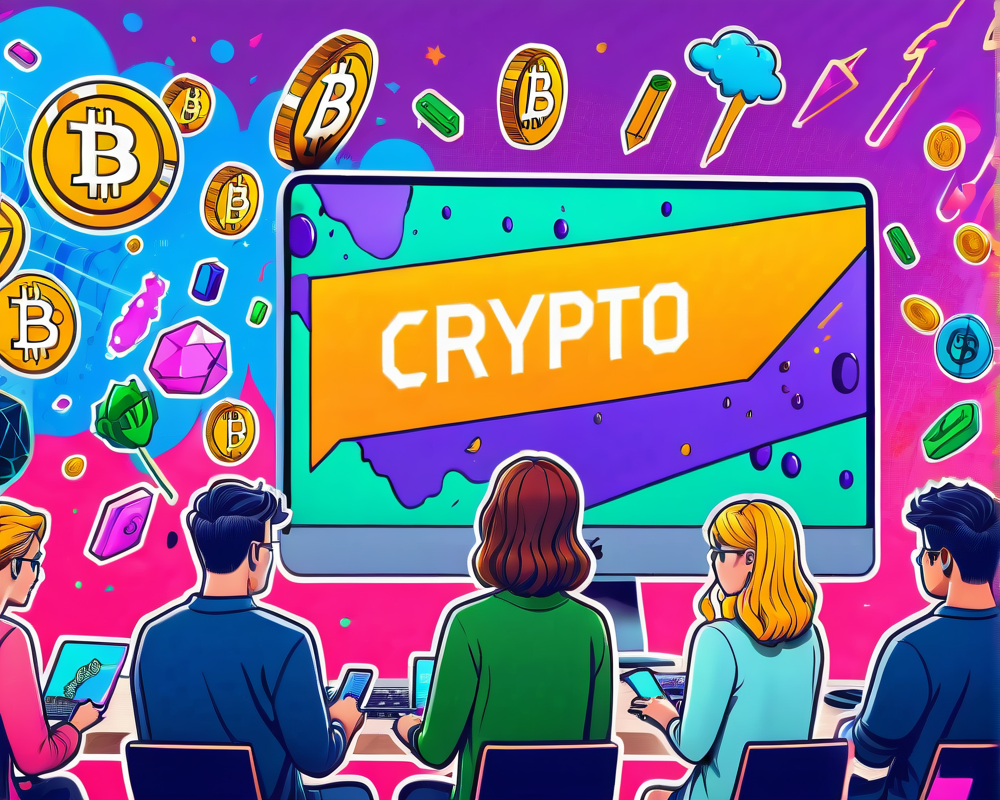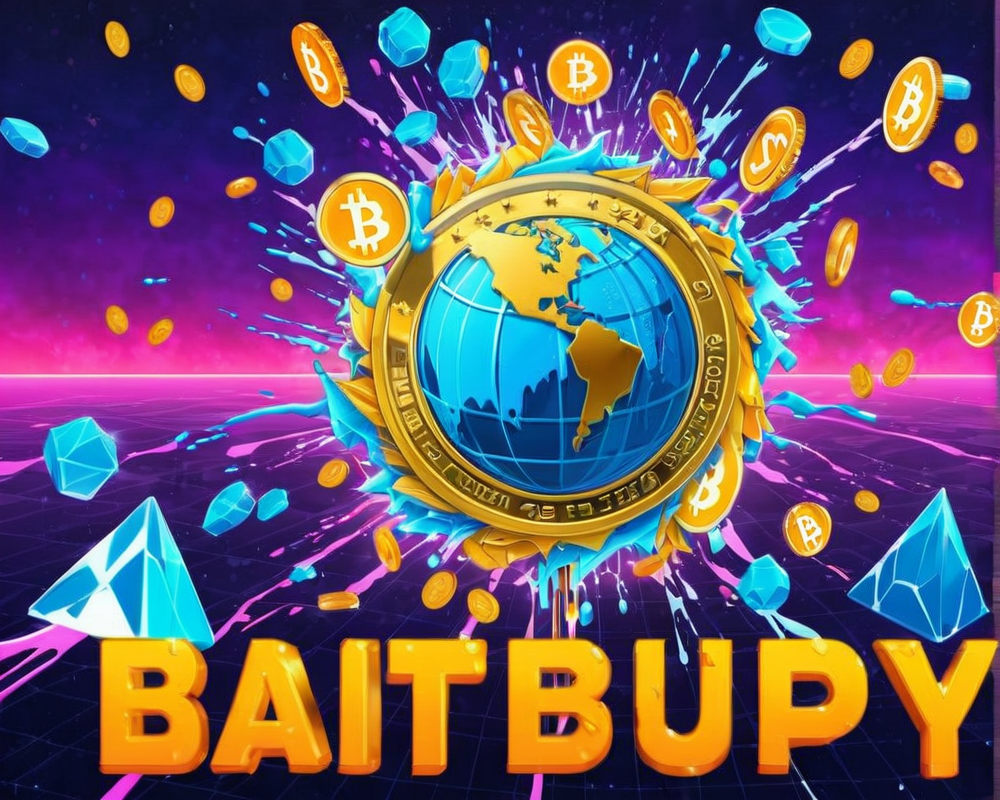A Brief History of NFTs
Nonfungible tokens, or NFTs, emerged onto the digital landscape in 2015, gaining traction in 2017 with the introduction of digital collectibles like CryptoPunks and EtherRock. The real spotlight, however, shone brighter when digital artist Beeple’s artwork sold for a jaw-dropping $69 million. This sale turned the NFT world on its head and attracted attention from artists, brands, and everyday enthusiasts alike.
From Digital Collectibles to Mainstream Brands
While NFTs initially sparked interest in digital collectibles, they have reached far beyond that niche. Today, they are part of the marketing playbook for sports teams, clothing brands, celebrities, and influencers. Many skeptics thought the hype would fizzle out, yet the NFT ecosystem has shown remarkable resilience, paving the way for unexpected innovations.
NFTs: Game Changer in Gaming
The gaming industry has embraced NFTs, especially with the rise of play-to-earn (P2E) models. Games like Axie Infinity have not only entertained but also provided many players, particularly in regions like Vietnam, with income opportunities. Industry analysts predict that within the next decade, the majority of video games will integrate P2E aspects, forever changing how we view in-game assets.
Revolutionizing Ticketing: How NFTs Can Help
Despite the progress in digital ticketing, the industry suffers from many issues, including scalpers and counterfeit tickets. Enter NFTs, which offer a transparent method of verifying ticket authenticity through blockchain technology. By registering tickets on blockchain, we can ensure they are legitimate and allow artists and organizers to regain some control in an often chaotic secondary market.
- Smart contracts can limit resale prices.
- Royalties from resales could source additional revenue.
- Enticing utility—think exclusive access or meet-and-greet sessions—can be bundled into the ticket.
Imagine holding a digital ticket not just for a concert but also for a themed hotel stay, or a theme park visit—all tied to a single NFT. This is how NFTs could intertwine diverse experiences!
Looking Ahead: The Future of NFT Ticketing
The future looks bright for NFT ticketing, with predictions suggesting that this approach could capture 25% of the ticket market by 2027, valued at about $18.5 billion. However, challenges remain. Accessibility and education around NFTs is crucial to ensure mainstream audiences don’t feel lost in a web of complex technology.
“NFT ticketing represents a Web2.5 shift. We need to make it user-friendly and accessible!” – Colby Mort, Get Protocol
As mainstream brands increasingly recognize the solid potential of NFT technology beyond trendy collectibles, the future appears promising. These tokens might not just change the way we collect but how we experience events altogether.


